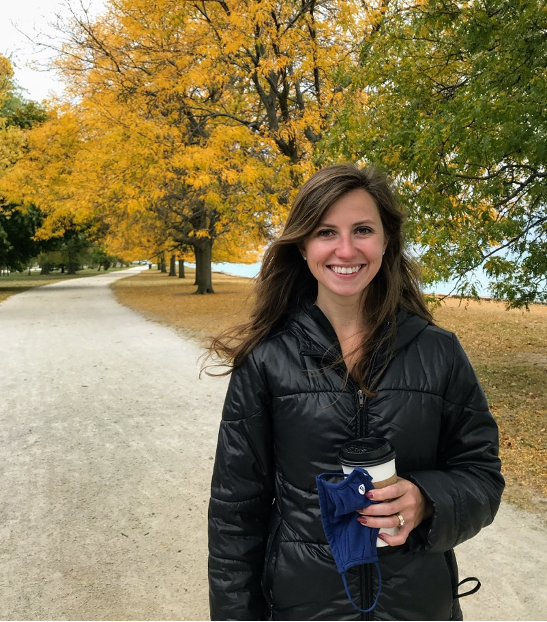Alex Daemicke Hansen
Alex Daemicke Hansen

Summary: Teaching large classes online hasn’t been easy for anyone, but throughout this semester I’ve discovered adding structure to a course, strengthening student-faculty connectedness, and exposing students to science education can improve students’ overall experience in online learning.
Over the past few months, we have seen students and instructors pushed to their limits. As someone who is fueled by student interactions, transitioning online has not only proved to be challenging from a pedagogical perspective but a social one as well. In preparing for and launching my fall semester courses I learned valuable lessons that I find are important to consider when crafting an online class. These points promote organization, student-faculty connectedness, and metacognition.
This is the question I continue to ask myself: If I were a student in an online course what would I like to see? With our students enrolled in multiple classes, a majority of which may be taken from bedrooms or home offices shared amongst multiple family members, it’s harder than ever for our students to keep assignments, tests, and readings straight. Thus, from the first week of the semester, I decided to post weekly announcements on Monday and Wednesday mornings called Weekly News Brief and Midweek Minutes, respectively. In the Weekly News Brief, I preview what the students should expect for the upcoming week: lecture content, upcoming assignments, and any other clerical matters. Then on Wednesdays with our Midweek Minutes, I remind them again what is due and where in Blackboard they can submit each assignment. Students appear to greatly appreciate these little reminders!
Another key discovery in my online courses was connecting with my students and expressing a desire to get to know them. I am in the Biological Sciences department, and my introductory course is fairly large. Despite this fact, I felt it was pertinent to meet each of my students over Zoom outside of class. To add some value to it, I made this an assignment worth 10 points called Meet and Greet, where we talked in small groups about anything from hobbies and TV shows, to academic goals and graduate school applications. It is challenging to create a sense of community amongst students in large face-to-face courses, let alone those online. Online learning isolates students and can cause them to feel disconnected from school. It is important that students know that they are not just a name in a gradebook or a box on a Zoom screen. Since setting aside time to get to know students outside of the lecture time, many have expressed feeling more connected to me as their instructor and more importantly, my course. I firmly believe that doing things like this can increase students’ motivation to invest time in learning course material, which can reflect positively on their performance.
With all that has occurred throughout the fall term, I find it essential to help support my students in ways that may not focus directly on the content of our course. I’ve created a group of assignments called Stop & Think Activities, which ask students to analyze their learning, create goals, and reflect on their semester. These are supported by additional readings related to online learning success and metacognitive awareness. By way of strengthening our students’ learning skills and offering them the opportunity to reflect on their performance, we can help them cultivate strategies that they can apply to future online courses.
Alex Daemicke Hansen
Visiting Lecturer
Department of Biological Science